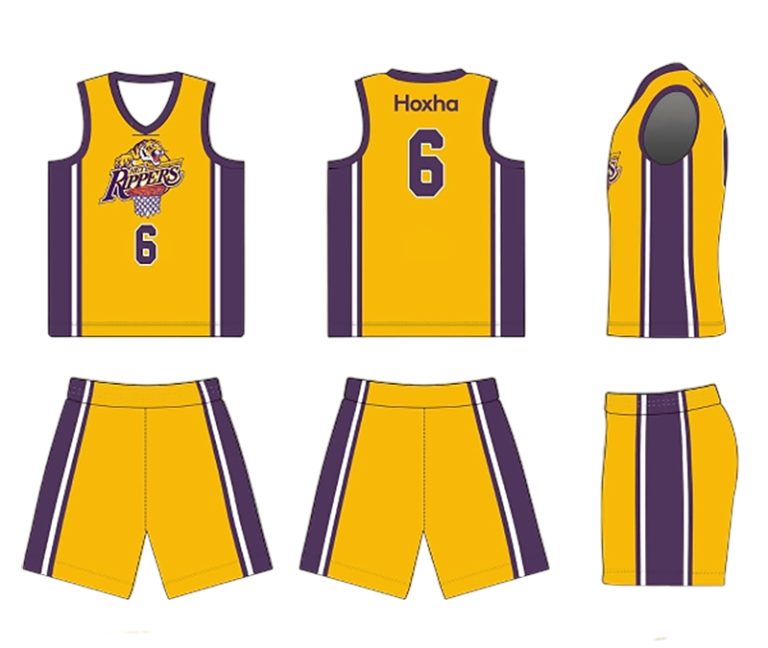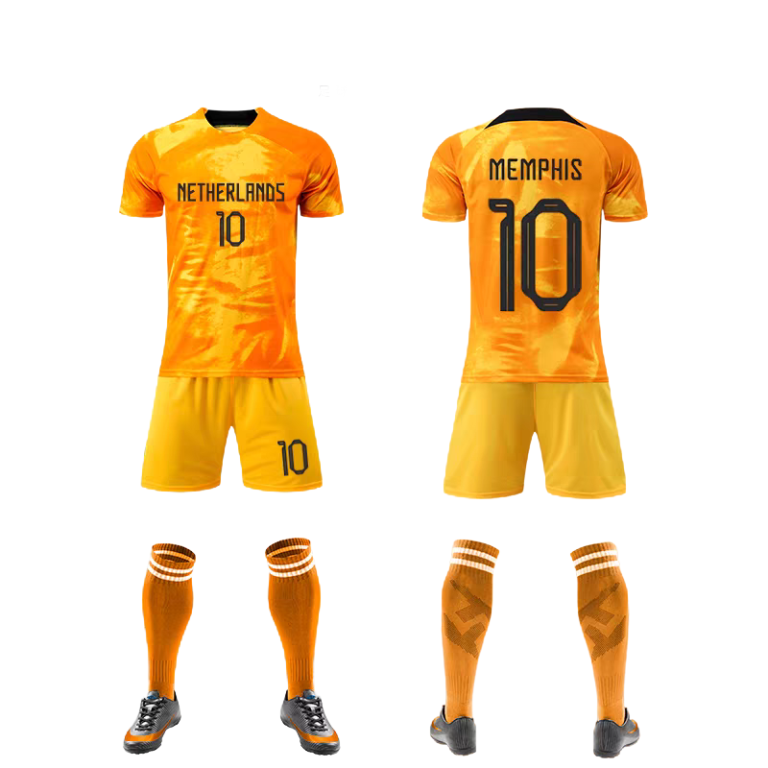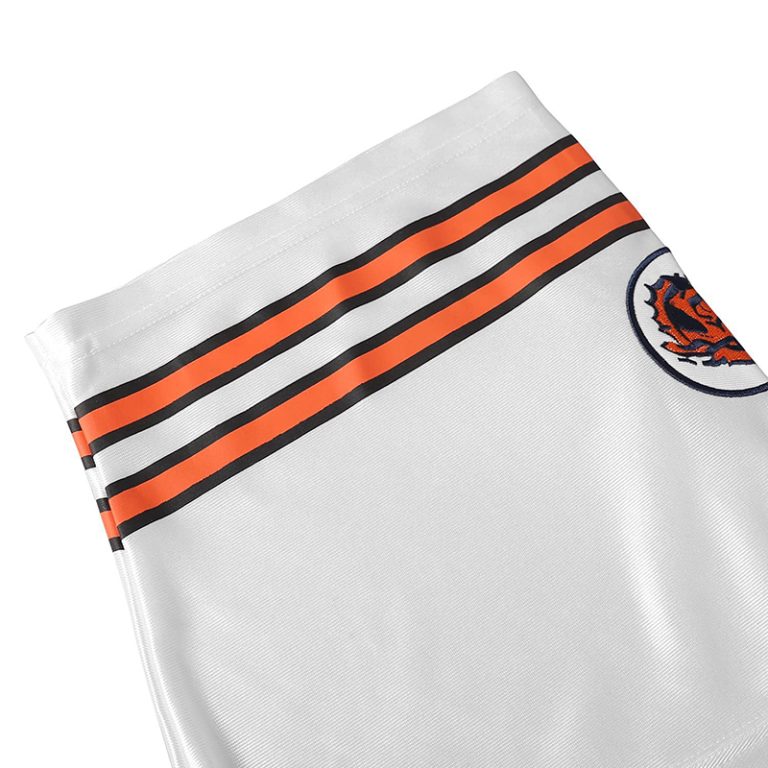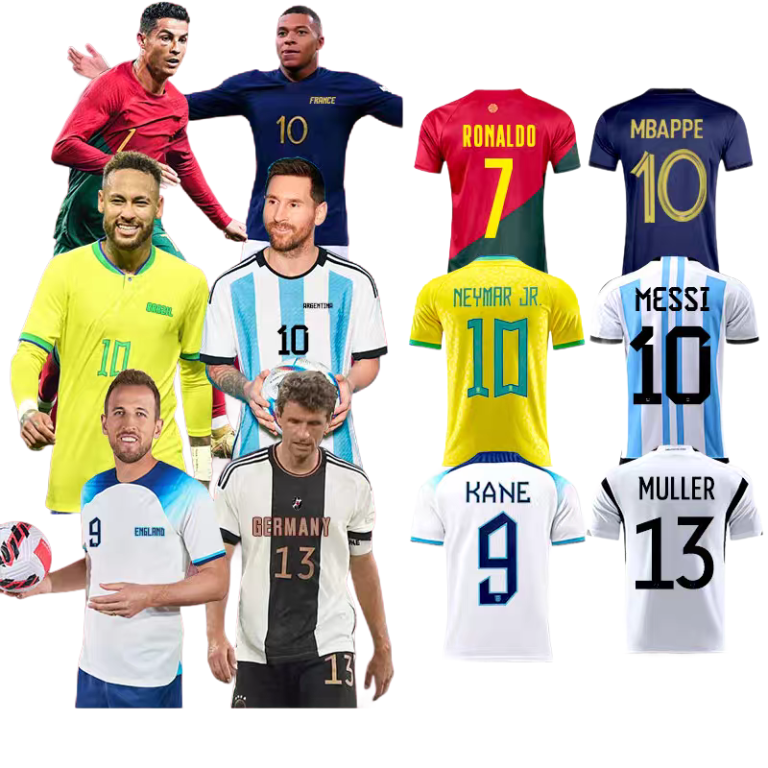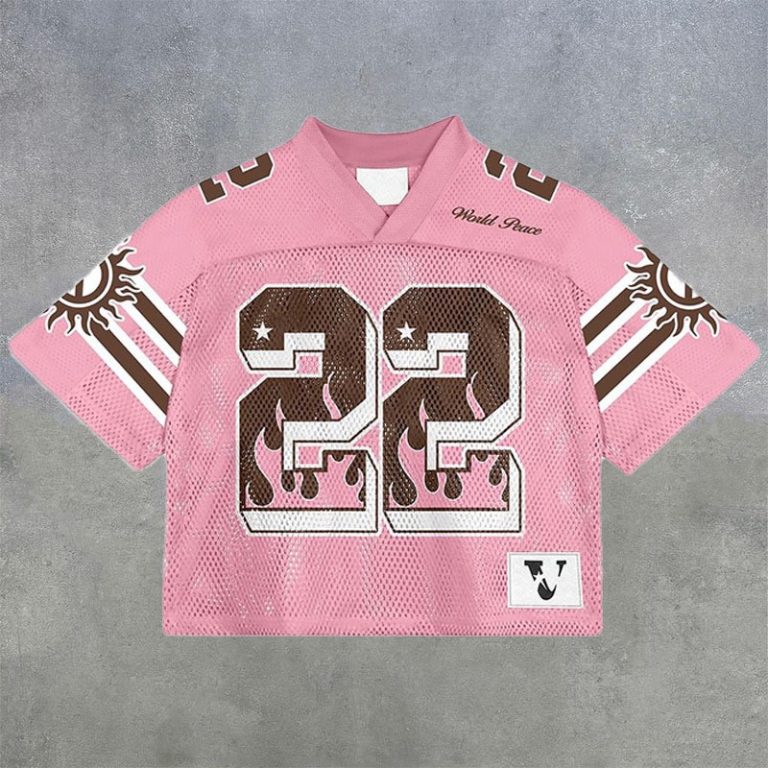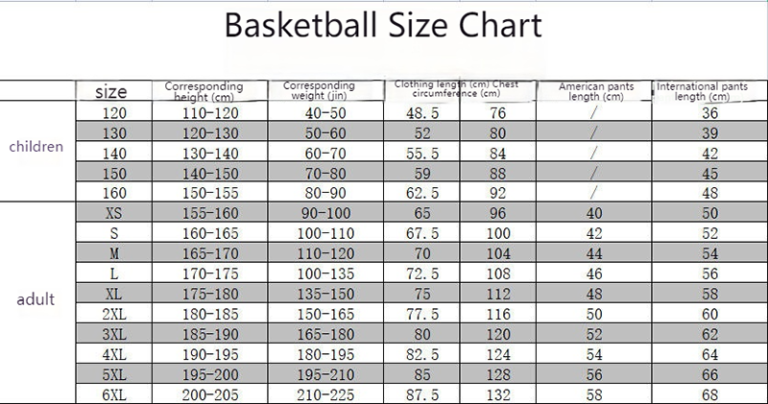Germany Football Jersey: The Pride, Tradition, and Style of the German National Team Jersey
Beneath the roar of the crowd and the passionate chants of fans, the German football jersey stands as a symbol of pride, tradition, and a connection to the sport’s rich heritage. These jerseys aren’t just pieces of clothing—they are a canvas for the nation’s footballing spirit, and for many, a cherished part of their identity. From the iconic designs that have graced these shirts over the years to the emotional connections they forge, the German football jersey holds a special place in the hearts of supporters and collectors alike.
Discover the Charm of German Football Jerseys
The charm of German football jerseys lies in a perfect blend of style, heritage, and national pride. These kits are not just a piece of clothing; they are a symbol of the passion that unites millions of fans across the globe. From the vibrant colors to the meticulous design details, let’s dive into what makes German football jerseys so captivating.
The moment you lay eyes on a German football jersey, you’re greeted by the bold and striking colors of black, red, and gold. This iconic color scheme is not just a visual treat; it represents the deep roots of the German football culture. The black and red, reminiscent of the flags of the German states, symbolize the country’s unity, while the gold signifies the wealth of its history and the golden moments in football.
The design of German football jerseys is not merely a fashion statement but a testament to the nation’s engineering prowess. The fit is precise, the cuts are sleek, and the materials are top-notch. Whether it’s the classic “Doppelpack” (double-pack) or the modern, lightweight fabrics, German jerseys are known for their comfort and durability. The intricate embroidery and the subtle details, like the woven number and name, add a touch of elegance that sets them apart from the rest.
When it comes to the evolution of German football jerseys, it’s a journey filled with historical milestones. From the first national team kit introduced in the 1950s to the contemporary designs that grace the players today, each era has brought its own unique flair. The ‘70s and ‘80s were marked by bold patterns and geometric shapes, while the ‘90s saw the emergence of the “Teamgeist” design that was a nod to the nation’s spirit and resilience.
For collectors, German football jerseys are more than just souvenirs; they are cherished pieces of art. Each jersey holds a story, a memory of a crucial match or a standout performance. Whether it’s a vintage 1974 World Cup winner’s jersey or a modern Bundesliga club kit, the value of these jerseys extends beyond their monetary worth. They are a bridge to the past, connecting fans to the rich history of German football.
Choosing the perfect German football jersey is a personal journey. It’s about finding that one kit that resonates with your connection to the game or the club you support. Are you looking for a retro design that takes you back in time, or do you prefer a modern, sleek look that reflects the current trends? The variety available ensures that there’s something for everyone’s taste and preference.
Top-selling German football jerseys often reflect the current success of the national team or popular clubs. For instance, the German national team’s kit, with its ever-evolving design, is always a hot commodity. Similarly, jerseys from top clubs like Bayern Munich and Borussia Dortmund are sought after by fans and collectors alike, not just for their aesthetic appeal but for the pride they represent.
Caring for your German football jersey is as important as wearing it. These jerseys are investments, and maintaining their condition can increase their value over time. With a few simple tips, you can keep your jersey looking as good as new. Regular washing with cold water and mild detergent, avoiding the dryer, and storing it properly in a cool, dry place are essential for preserving its integrity.
The impact of German football jerseys on fan culture is undeniable. They are a symbol of belonging, a way for fans to show their support and loyalty. Whether it’s wearing a jersey at a match, during a festival, or simply walking down the street, these kits foster a sense of community and shared identity. They are a visual language that speaks volumes without needing words.
For those looking to purchase authentic German football jerseys, the options are vast and varied. Online stores, official club websites, and authorized retailers offer a wide range of options, from the latest designs to classic editions. It’s important to ensure that the source is reliable to guarantee the authenticity of the jersey you’re buying.
In conclusion, the charm of German football jerseys is a blend of the nation’s rich football heritage, cutting-edge design, and the emotional connection they foster among fans. Whether you’re a collector, a die-hard fan, or simply appreciate a well-designed piece of clothing, German football jerseys are a true gem in the world of sports fashion.
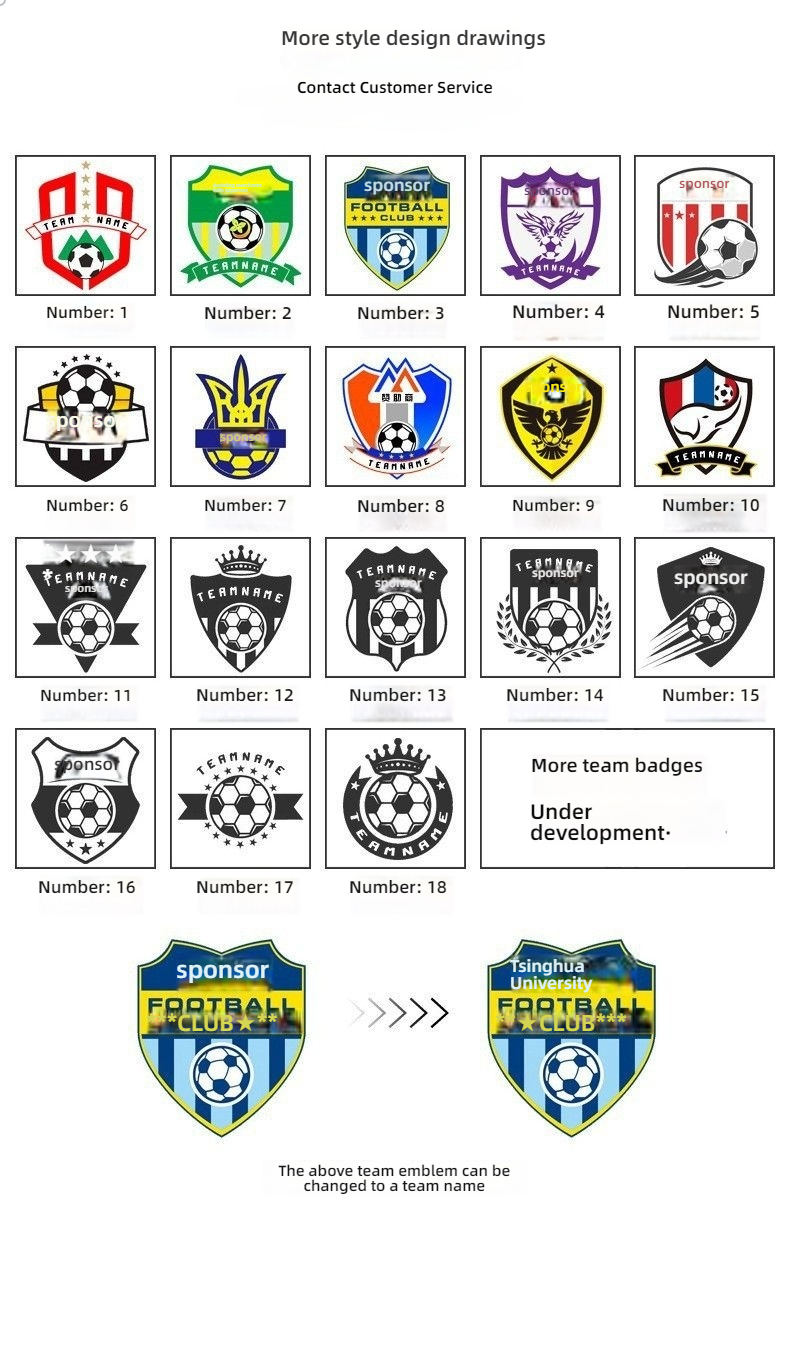
The Iconic Design: What Makes a German Jersey Special?
German football jerseys are more than just apparel; they are a symbol of national pride, a testament to the nation’s rich football heritage, and a canvas for the distinctive style that has become synonymous with the sport in Germany. What sets these jerseys apart is a combination of factors that blend design, tradition, and innovation.
The first thing that catches the eye about a German football jersey is its color palette. The iconic combination of black, red, and gold is a nod to the national flag, but it also serves a practical purpose. The bold colors stand out on the field, making the players easily recognizable to fans and opponents alike. The black is a classic choice that adds a touch of elegance, while the red and gold add a vibrant contrast that’s both striking and patriotic.
The design of the German football jersey often features a vertical striped pattern, with black stripes on a red background. This design has been a staple since the 1970s, and it’s become a hallmark of the national team’s kit. The stripes are not just for show; they are functional as well. They help to dissipate sweat and keep the player cool during intense matches, a detail that reflects the attention to detail in the design process.
The typography on the jersey is another key element that contributes to its distinctive look. The German national team’s logo, which includes the name “DFB” (Deutscher Fussball Bund), is prominently displayed in a bold, sans-serif font. This clean and modern typeface stands out against the background and ensures that the jersey remains visually appealing and easily readable from a distance.
The fit of the jersey is also a point of pride for German manufacturers. Jerseys are designed to be form-fitting but not too tight, allowing players to move freely while still maintaining a sleek and professional appearance. The materials used are typically high-quality, moisture-wicking fabrics that are both comfortable and durable, ensuring that the jersey can withstand the rigors of a full match.
The collar is another detail that sets German jerseys apart. Most jerseys feature a v-neck design, which is not only stylish but also practical. The v-neck allows for better ventilation, keeping the player’s neck cool during the game. Additionally, the collar is often made from a different fabric than the rest of the jersey, adding an extra layer of comfort and a subtle contrast that enhances the overall look.
One of the most unique aspects of the German football jersey is the sponsor’s logo. Unlike some other national teams, Germany does not ban sponsor logos on the front of the jersey. This commercial aspect allows for the jersey to be a source of revenue for the team, but it is done in a way that doesn’t detract from the jersey’s aesthetic. The sponsor’s logo is placed strategically, usually on the right chest, and is designed to complement the rest of the jersey’s design.
The numbering and name plates on the back of the jersey are also a point of distinction. The numbers are typically in a slightly larger font than the player’s name, emphasizing the player’s role on the team. The font used for the player’s name is often a bit more subdued, ensuring that the player’s name is legible but not overpowering the rest of the design.
When it comes to the away kits, the German national team often opts for a more subdued color scheme. This is a strategic move to ensure that the away kit blends in with the home team’s colors, reducing the chances of confusion during matches. The away jerseys are usually in a lighter shade of the primary colors or in a completely different color that still maintains a sense of continuity with the home kit.
The embroidery on the sleeves of the jersey is another touch that adds to its appeal. The German flag is often embroidered in a subtle manner, providing a nod to the national identity without being overt. This detail is often overlooked but adds a level of sophistication to the jersey.
Lastly, the patches and badges on the jersey are a reflection of the team’s achievements. Over the years, the German national team has won numerous titles, and these are often celebrated with patches that are sewn onto the jersey. These badges serve as a reminder of the team’s success and the history of the German football jersey.
In conclusion, what makes a German football jersey special is the harmonious blend of color, design, functionality, and tradition. It’s a piece of sports apparel that transcends its purpose and becomes a symbol of national pride and the passion for the beautiful game. Whether you’re a die-hard fan or a casual observer, the German football jersey is a testament to the country’s love for football and its commitment to excellence on and off the pitch.
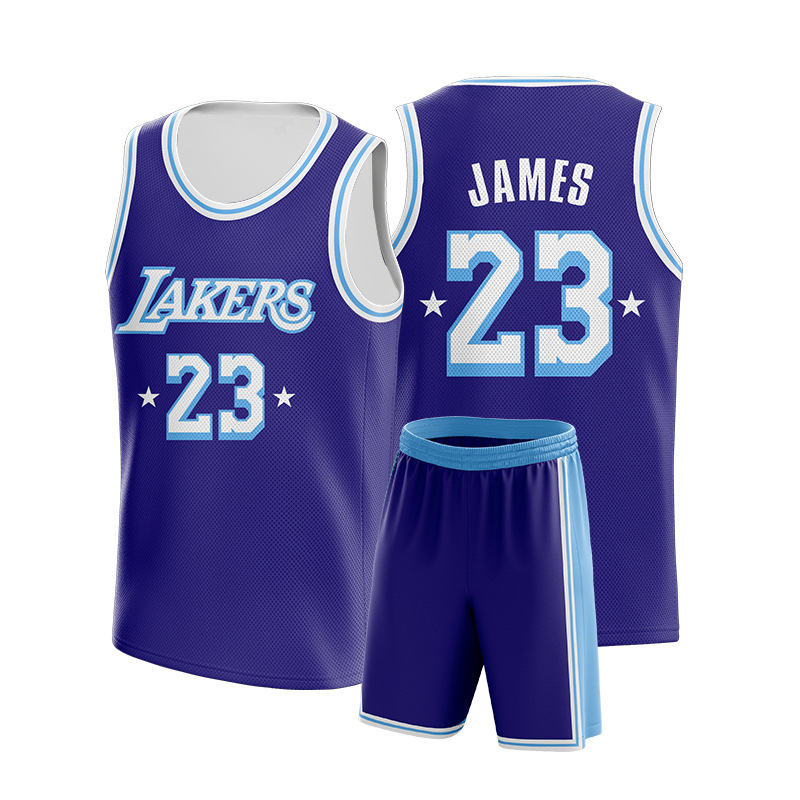
History and Evolution: A Timeline of German Football Kits
The history of German football jerseys is a tapestry woven with tradition, innovation, and the spirit of the nation. From the early days of the sport to the modern era, these kits have evolved, reflecting the changing times and the growth of the German footballing culture.
In the 1950s, the first German national team kits were characterized by their simplicity and functionality. They were typically in solid colors—usually white, black, or red—and featured minimalistic designs. The white home kits were a nod to the purity of the game, while the red and black away kits represented the colors of the German flag, embodying national pride.
As the 1960s rolled in, the German national team began to introduce subtle changes to their kits. The 1966 World Cup saw the introduction of a new away kit, which featured a vertical striped pattern in white and blue, a design that was both eye-catching and distinct. The 1966 team, coached by Helmut Schön, went on to win the tournament, and the kit became an emblem of German football success.
The 1970s brought a more vibrant era for German football kits. The 1974 World Cup in West Germany saw the national team don a kit that was a blend of white and red, with a unique diagonal stripe running down the sides. This design was both visually striking and symbolic of the nation’s unity. The 1974 squad, led by Franz Beckenbauer, would go on to secure the championship, making the kit a piece of football history.
The 1980s marked a period of innovation and sophistication in the design of German football kits. The 1982 World Cup in Spain saw the introduction of a new away kit, which featured a vertical striped design in white, red, and black, a nod to the country’s flag. The home kit of the 1980s was typically a solid red, with a subtle white trim, a look that has since become iconic.
The 1990s brought a new wave of creativity to German football kits. The 1990 World Cup in Italy saw the national team wear a kit that was a mix of red and white, with a bold diagonal stripe down the center. This kit was not only a visual standout but also a symbol of the nation’s resilience and dynamism. The 1990 team, coached by Franz Beckenbauer, would go on to reach the final, showcasing the power of the German football machine.
As the millennium approached, German football kits continued to evolve. The 2000s saw a shift towards more dynamic and colorful designs. The 2006 World Cup, hosted by Germany, saw the national team wear a kit that was a combination of red, black, and gold, with a subtle white trim. This kit was a celebration of the nation’s cultural heritage and its footballing achievements.
The 2010s brought a new level of sophistication to German football kits. The 2014 World Cup in Brazil saw the national team don a kit that was a blend of red, black, and white, with a sleek, modern design. The away kit for that tournament was particularly memorable, featuring a gradient of red, white, and black, creating a striking visual effect.
As we move into the 2020s, German football kits have continued to push boundaries. The kits for the 2018 and 2022 World Cups were both innovative and stylish, showcasing the latest in sports apparel technology. The use of different materials, such as recycled plastics and sustainable fibers, has also become a hallmark of modern German football kits.
Throughout its history, the German football jersey has been more than just a piece of clothing; it’s a symbol of national pride, a testament to the nation’s footballing prowess, and a canvas for designers to express their creativity. From the early days of simplicity to the cutting-edge designs of today, the evolution of the German football kit is a story of growth, innovation, and the enduring love for the beautiful game.
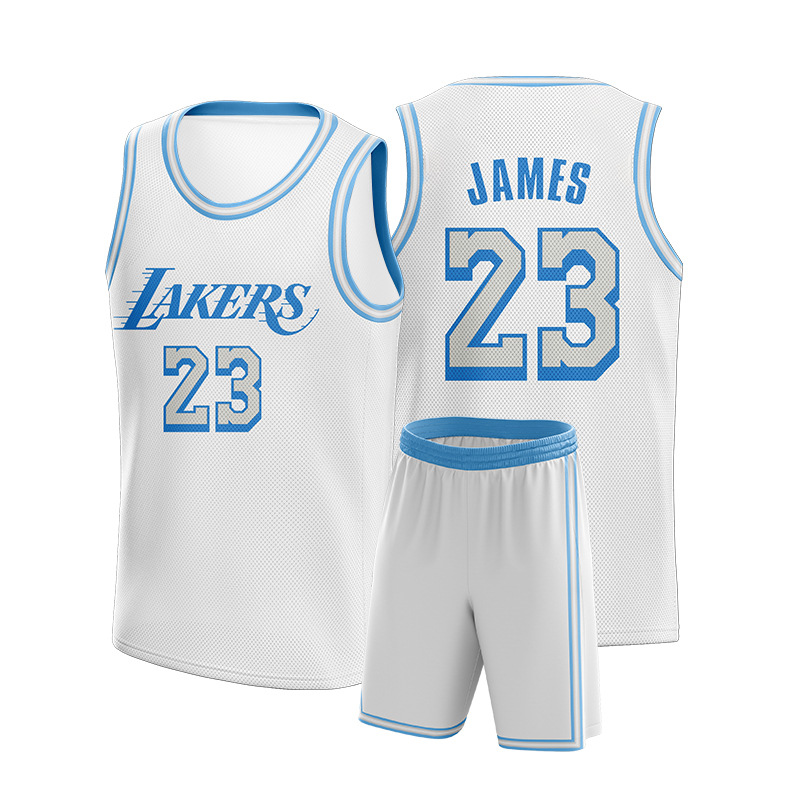
Collecting German Football Jerseys: A Hobby with Heart
German football jerseys are not just pieces of clothing; they are a testament to the rich history and passion that surrounds the sport in Germany. For many, collecting these jerseys is more than a hobby—it’s a labor of love. Here’s a glimpse into the world of jersey collectors and the stories behind their prized possessions.
The journey of a jersey collector often begins with a simple love for the game. Whether it’s the roar of the crowd at the Bundesliga match or the nostalgia of watching legends like Lothar Matthäus in action, the connection to the game is deep and personal. For collectors, this connection extends beyond the pitch, into the realm of memorabilia.
One of the most captivating aspects of collecting German football jerseys is the story each one tells. Jerseys are not just worn during matches; they carry the history of the team, the player, and sometimes even the momentous occasions that shaped the club’s legacy. A jersey from the 1954 World Cup final, where West Germany triumphed over Hungary, holds a significance that transcends its fabric and threads.
Collectors often find themselves drawn to specific eras or styles. The 1990s, for instance, were a golden age for German football, and jerseys from that decade are highly sought after. The sleek design of the 1994 European Championship-winning jersey, with its bright blue and yellow colors, is a favorite among many collectors. The simplicity of the number and name on the back, a stark contrast to the busy graphics seen in today’s kits, speaks to the minimalist aesthetic of the era.
The evolution of the German national team jersey is a fascinating story in itself. Early kits were often plain and bore the national crest, with the player’s name and number in a straightforward font. As the sport grew in popularity, so too did the sophistication of the designs. The introduction of sponsor logos, unique patterns, and the occasional use of neon colors added a new layer to the jerseys.
For collectors, the hunt for rare editions is a thrill in itself. Limited edition jerseys, such as those worn in the UEFA Euro 2016 final, or special anniversary releases, are highly coveted. These jerseys often feature unique designs, special patches, or even autographs from the players themselves, making them particularly valuable to collectors.
The journey of a jersey collector is not always straightforward. It’s a blend of serendipity and dedication. Many collectors have tales of finding hidden gems at flea markets, garage sales, or even online marketplaces. One such story involves a collector who stumbled upon a vintage German national team jersey in a dusty attic, unaware of its historical significance. It was only later, after extensive research, that the collector realized the jersey’s value and the history it represented.
The community of German football jersey collectors is a tight-knit group. Many collectors share their passion through social media, attending conventions, or simply swapping stories over a cup of coffee. The camaraderie is evident in the way they support each other in their quests for the perfect jersey. It’s a hobby that transcends borders, as collectors from around the world share their love for German football and its iconic attire.
The emotional attachment to these jerseys is palpable. Collectors often speak of the connection they feel to the players and the teams. For some, it’s the memory of a childhood spent cheering for their favorite team that fuels their collection. Others find solace in the stories behind the jerseys, tales of triumph, perseverance, and the pure joy of the game.
As the hobby grows, so does the demand for authenticity. Counterfeit jerseys are a concern for many collectors, and the industry has responded with stricter regulations and certifications. For true enthusiasts, owning an authentic German football jersey is not just about the aesthetics; it’s about owning a piece of history and a connection to the sport that unites millions.
In conclusion, the hobby of collecting German football jerseys is a deeply personal journey. It’s about the stories the jerseys tell, the memories they evoke, and the sense of community that binds collectors together. Whether it’s the classic design of a 1974 World Cup winner or the cutting-edge graphics of a modern Champions League jersey, each jersey is a chapter in the rich narrative of German football—a narrative that collectors hold dear in their hearts.
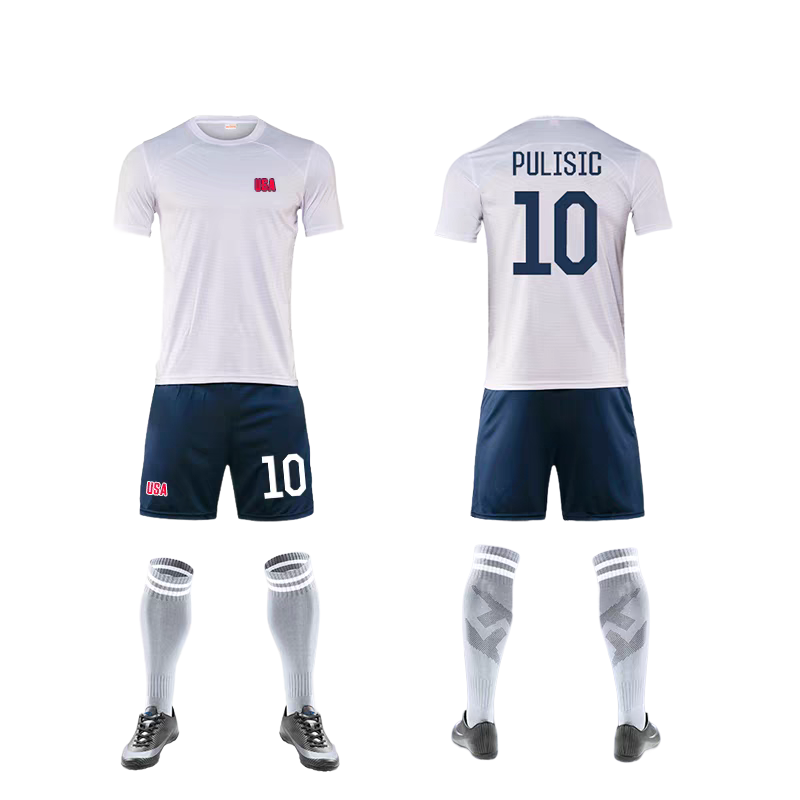
How to Choose the Perfect German Football Jersey
Choosing the perfect German football jersey is a blend of personal preference, team loyalty, and sometimes, a touch of nostalgia. Here’s how to navigate the world of German football kits to find the one that resonates with you:
Color Palette and AestheticGerman football jerseys are renowned for their distinct color schemes. The iconic black, red, and yellow of the national team, for instance, is a symbol of the country’s spirit and unity. When selecting a jersey, consider the colors that you’re drawn to. Are you a fan of the bold contrast or do you prefer a more understated look? Look for the color that makes your heart race or the one that represents your favorite club’s legacy.
Club Affiliations and LogosGerman football is rich with history, and each club has its own unique story and identity. The logos on the jerseys are not just symbols; they’re a testament to the club’s history and achievements. Whether you’re a fan of FC Bayern Munich’s royal blue and white, Borussia Dortmund’s black and yellow, or any other club, make sure the logo on the jersey aligns with your loyalty. It’s a personal statement that you’re proud to wear.
Material and FitThe comfort and quality of the jersey are crucial. Modern jerseys are made from high-performance materials that offer breathability and moisture-wicking properties. Look for jerseys that are lightweight and durable. The fit is also important; it should be snug enough to stay in place during the match but not so tight that it restricts movement. Whether you prefer a slim fit or a relaxed fit, choose a jersey that feels like a second skin.
Number and Player IdentityThe number on the back of the jersey is a key element. It identifies the player you admire and is a direct connection to their skills and achievements. If you’re a fan of a particular player, make sure the number they wore is available. Some jerseys even feature player-specific designs, like unique patterns or additional colors, which can add an extra layer of personalization.
Limited Editions and Special ReleasesLimited edition jerseys can be a treasure for collectors. They often celebrate special occasions, like anniversaries, World Cups, or memorable seasons. These exclusive pieces can be more expensive and harder to find, but they also hold significant value. If you’re looking for a piece that’s both a fashion statement and a collector’s item, consider a limited edition jersey.
Authenticity and Quality AssuranceWhen purchasing a German football jersey, authenticity is paramount. Counterfeit jerseys might look appealingly priced, but they lack the quality and craftsmanship of the genuine article. Look for official logos, authentic stitching, and quality materials. Investing in an authentic jersey ensures that you’re getting a product that will last and maintain its value over time.
Team Morale and Community FeelWearing a German football jersey is more than just a fashion choice; it’s a statement of belonging to a community. Whether you’re at the stadium or in your local pub, a jersey can instantly connect you with fellow fans. Choose a jersey that not only represents your favorite team but also gives you a sense of pride and camaraderie.
Size and Fit AdjustmentsBefore making a purchase, double-check the size chart. German sizes can vary slightly from those in other countries, so it’s important to measure your chest or body length accurately. Some retailers offer size adjustments or exchanges, so be sure to check their policies. A jersey that fits perfectly will not only look great but also ensure you’re comfortable during your match-watching or game-day attire.
Price and Budget ConsiderationsPrice is a significant factor in the decision-making process. German football jerseys can range from affordable to luxury items, depending on the club, player, and edition. Determine your budget and look for deals, promotions, or sales that might help you get your hands on the perfect jersey without breaking the bank.
Customization and Personal TouchesFor those looking to add a personal touch, consider customizing your jersey. Some shops offer embroidery services, allowing you to add your name or a special message. This can make your jersey even more unique and special to you.
Resale Value and Future InvestmentsIf you’re planning to resell the jersey in the future, consider its potential resale value. Some jerseys, especially those worn by key players or in significant matches, can appreciate in value over time. Research the market and look for jerseys that have a history or are associated with memorable events.
In conclusion, selecting the perfect German football jersey is a process that involves a blend of personal taste, loyalty, and practical considerations. Whether you’re a seasoned collector or a new fan, take your time to find a jersey that not only looks great but also holds a special place in your heart.
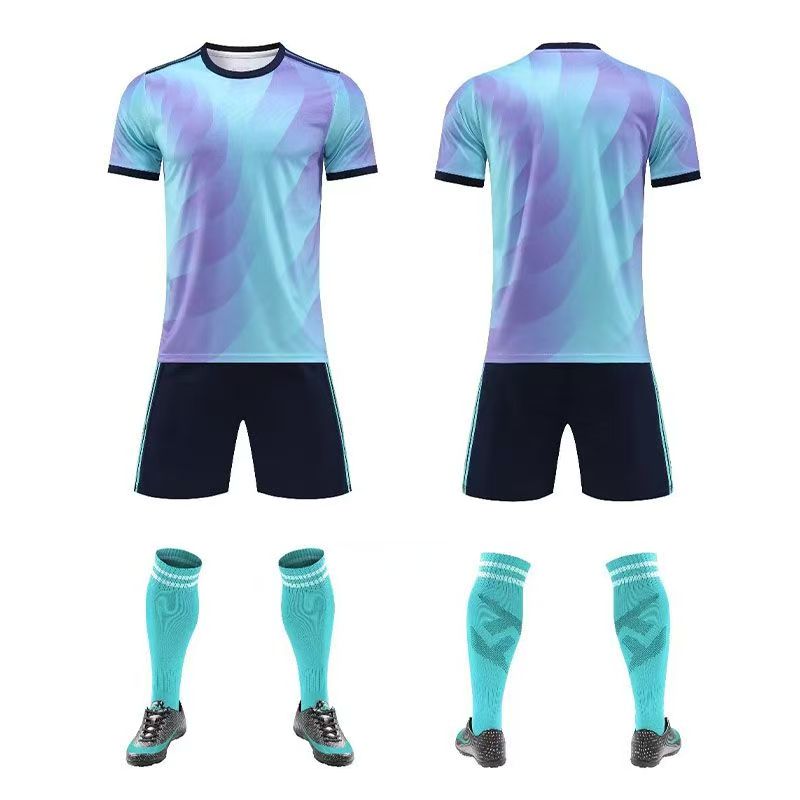
Top 5 Best-Selling German Football Jerseys
-
The Germany national team’s football jersey has long been a symbol of pride and style, and it’s no surprise that they rank among the top best-selling kits in the world. With its distinct design and rich history, the German football jersey has captured the hearts of fans and collectors alike.
-
The top-selling German football jerseys often feature iconic designs that have become synonymous with the team’s success on the field. From classic patterns to modern aesthetics, these jerseys are not just a piece of clothing but a piece of history.
-
One of the most sought-after German football jerseys is the 2014 World Cup-winning team’s kit. The red and black stripes stand out on a white background, creating a striking contrast that has become a fan favorite. This jersey is a must-have for any collector looking to add a piece of football history to their collection.
-
The Germany national team’s away jersey has also seen its fair share of popularity. The yellow and blue stripes, which are a nod to the colors of the German flag, have been a staple in the team’s kit since the early 2000s. This jersey is often seen as a versatile piece that can be worn both as a fashion statement and a show of support for the team.
-
For those who prefer a more minimalist approach, the Germany home jersey in its all-white design is a classic choice. The simplicity of the white jersey, adorned with the team’s emblem and sponsor’s logo, has a timeless appeal and is a staple in any football fan’s wardrobe.
-
The Germany women’s national team jersey has also gained a significant following. With its sleek design and vibrant colors, the women’s jersey is not only a statement of support but also a representation of the growing presence of women’s football worldwide. The jersey often features a unique twist on the classic German design, making it a standout piece.
-
The Germany national team’s jerseys are also a hit among fans of the Bundesliga, with kits from teams like Bayern Munich, Borussia Dortmund, and FC Schalke 04 among the most popular. These club jerseys often reflect the team’s colors and sometimes even include special edition designs for significant matches or anniversaries.
-
Limited edition jerseys, such as those released for special occasions or anniversaries, can also be found on the best-selling list. These jerseys often come with additional features like embroidery or unique numbering, making them highly coveted by collectors.
-
The market for German football jerseys is not just limited to new releases. Vintage and retro jerseys from past decades are also in high demand. These jerseys often carry a sense of nostalgia and are prized for their authenticity and historical significance.
-
When it comes to purchasing a German football jersey, fans have a variety of options. From official stores and authorized retailers to online marketplaces and fan shops, the accessibility to these top-selling jerseys has never been easier. However, it’s important to ensure that the jersey is authentic and comes with the proper certifications to maintain its value and collectability.
-
The best-selling German football jerseys are not just about the team’s colors or the player’s name on the back. They are about the stories they tell, the memories they evoke, and the passion they represent. Whether you’re a die-hard fan or a casual observer, owning a German football jersey is more than just a fashion statement—it’s a connection to the beautiful game.
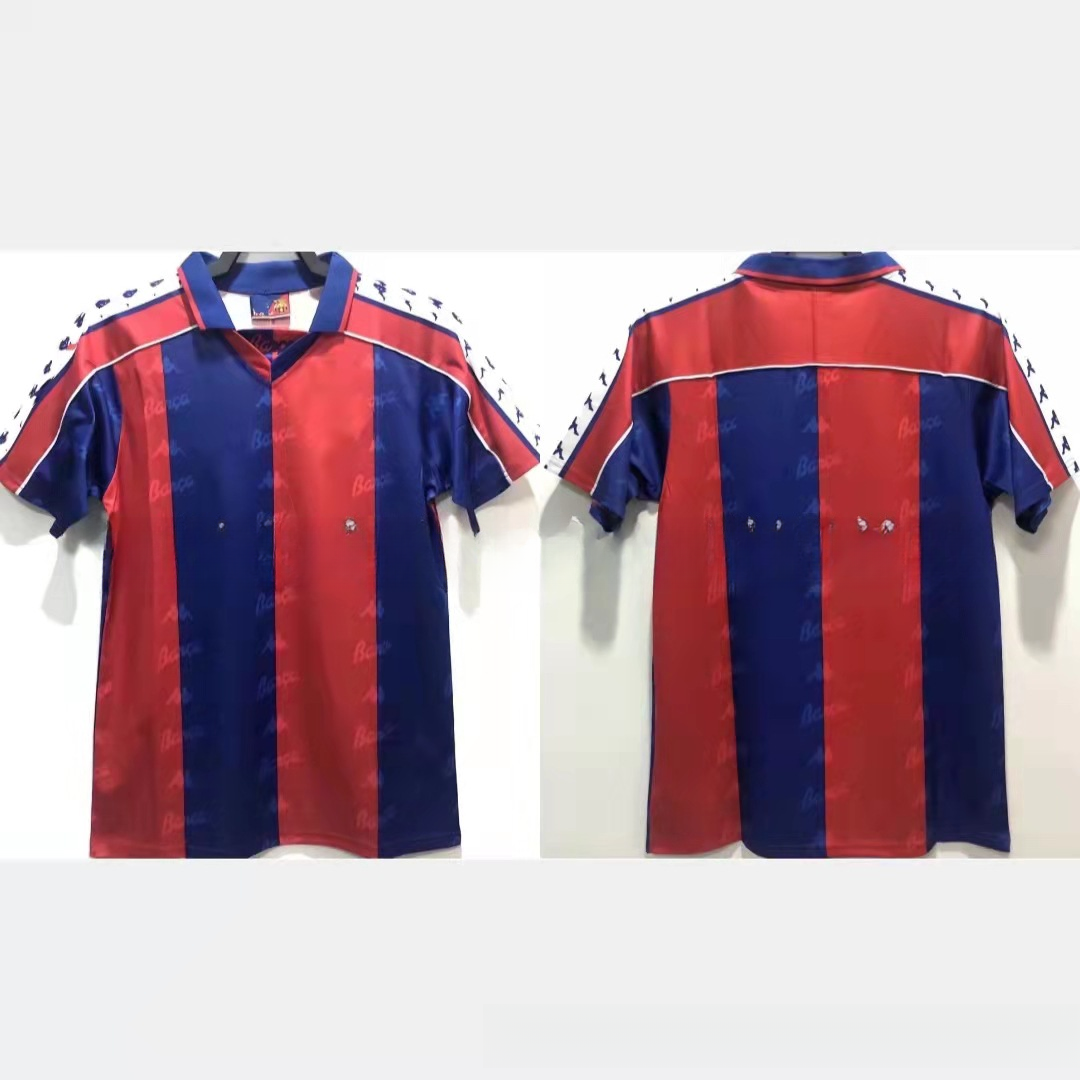
Caring for Your German Football Jersey: Tips and Tricks
The vibrant colors, the bold stripes, and the pride they embody—German football jerseys are more than just apparel; they’re a piece of history and a symbol of national pride. Caring for your cherished jersey is essential to maintain its quality and longevity. Here are some tips and tricks to keep your German football jersey looking its best.
Wash Your Jersey by HandHand washing is often the gentlest option for delicate fabrics like those found in football jerseys. Fill a basin or sink with cold water and a small amount of mild detergent specifically designed for delicate garments. Submerge the jersey and gently swish it around to release any dirt or sweat stains. Avoid using hot water, as it can cause the colors to fade and the fabric to shrink.
Use a Gentle Cycle for Machine WashingIf you prefer machine washing, opt for the delicate cycle with cold water. This setting is designed to handle the fabric without causing damage. Ensure the jersey is turned inside out to protect the logos and colors from fading. Add a small amount of gentle detergent and avoid using bleach or fabric softeners, as these can weaken the fabric and reduce the jersey’s lifespan.
Avoid Harsh ChemicalsBleach, fabric softeners, and harsh detergents can be detrimental to the quality of your jersey. Bleach can fade the colors, while fabric softeners can leave a residue that may attract dirt. Stick to mild detergents and natural alternatives to keep your jersey in top condition.
Air Dry Your JerseyAfter washing, hang your jersey to dry naturally. Avoid using a dryer, as the heat can damage the fabric and the heat-sealed graphics. Drying your jersey in the sun is a great option, as the UV rays can help kill any bacteria that may have accumulated. However, be cautious with direct sunlight, as it can also fade the colors. Instead, place your jersey in a well-ventilated area away from direct sunlight.
Iron with CareIf you need to iron your jersey, do so on a low heat setting. Use a steam iron, and if possible, lay the jersey flat on a clean, ironing board. Always iron the jersey inside out to prevent any heat damage to the outside. Be gentle when pressing the seams and logos, and avoid direct contact with the heat seal.
Store Your Jersey ProperlyWhen not in use, store your German football jersey in a cool, dry place. Avoid storing it in plastic bags or airtight containers, as moisture can lead to mold growth. Instead, fold the jersey neatly or hang it on a wide hanger to maintain its shape. If you’re storing multiple jerseys, keep them separate to prevent color transfer.
Use a Fabric Softener Sheet for TravelIf you’re traveling with your jersey, consider using a fabric softener sheet in your luggage. This can help prevent wrinkles and keep the jersey fresh during your journey. Simply place the sheet in the bag with your jersey and let it absorb the scent and protect the fabric.
Regularly Clean the Collar and SleevesThe collar and sleeves of a jersey can accumulate sweat and dirt over time. Use a soft brush or a toothbrush dipped in soapy water to gently scrub away any buildup. Be sure to rinse thoroughly and allow the area to dry completely before wearing or storing the jersey.
Invest in a Protective CaseFor extra care, consider investing in a jersey protector or case. These are designed to shield your jersey from dirt, dust, and potential damage when not in use. They can also be a convenient way to transport your jersey without worrying about creases or spills.
Enjoy Your German Football JerseyBy following these tips and tricks, you can ensure that your German football jersey remains a cherished piece of your collection for years to come. Whether you’re a die-hard fan or a collector, taking care of your jersey is a testament to your passion and respect for the sport. Remember, the jersey is not just a piece of clothing—it’s a connection to the history and spirit of German football.
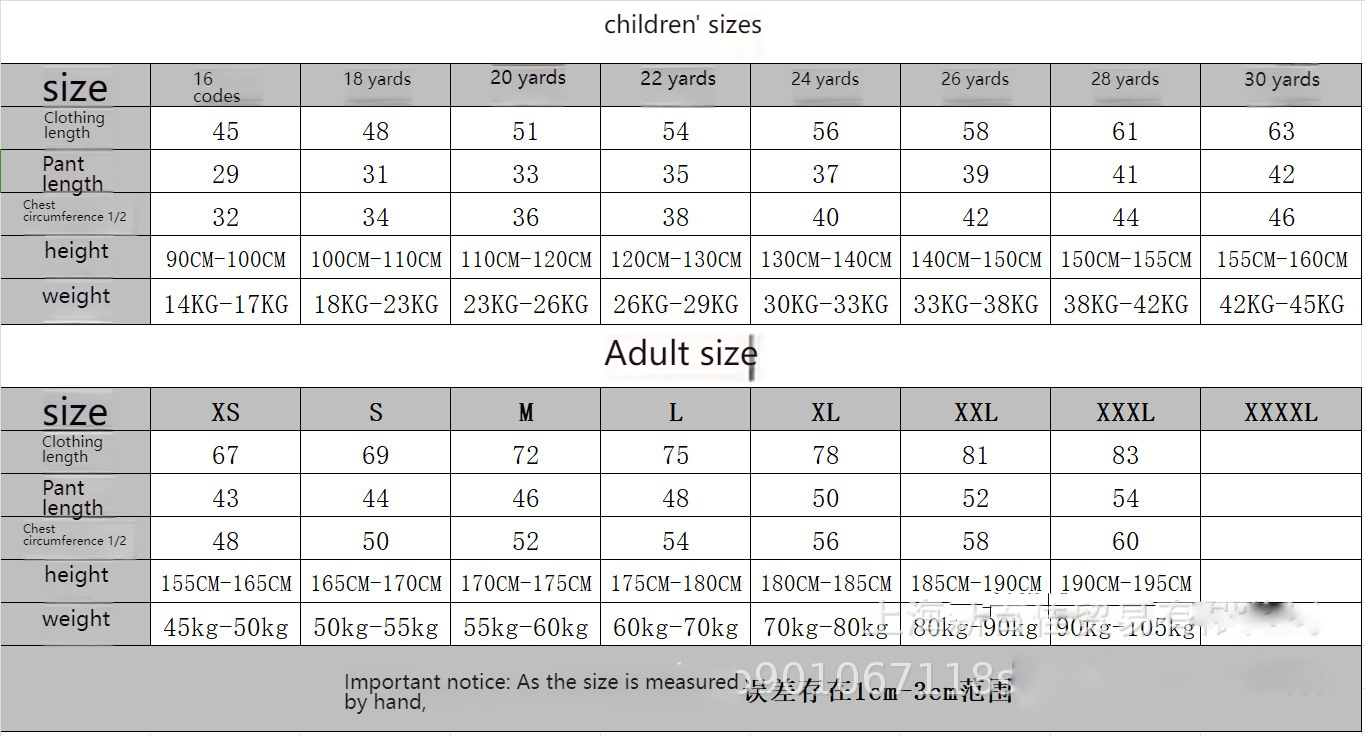
The Impact of German Football Jerseys on Fan Culture
German football jerseys have long been more than just a piece of clothing; they are a symbol of pride, tradition, and identity. The impact of these jerseys on fan culture is profound, weaving a tapestry of loyalty, nostalgia, and collective emotion. Here’s a closer look at how these iconic garments have shaped the hearts and minds of football enthusiasts.
The jerseys are more than mere fashion statements; they are a connection to the nation’s footballing heritage. For fans, wearing a German national team jersey is a way to express their national pride and to feel a part of the rich footballing history that Germany boasts. This sense of belonging is deeply rooted in the culture, with jerseys often seen as a badge of honor.
In the world of football, the colors of the jerseys carry significant meaning. The black, red, and gold of the German national team, for example, are not just colors but a representation of the German flag. This connection to the flag reinforces the national identity and fosters a sense of unity among fans, transcending regional and local differences.
The nostalgia factor cannot be overstated. For many, German football jerseys are linked to memorable moments in the sport’s history. Whether it’s the iconic 1954 World Cup win or the 2014 triumph, these jerseys are a reminder of the glory days and the passion that drives the nation’s love for football. Fans often collect jerseys from different eras, cherishing them as mementos of their favorite teams and players.
The personal connection to a specific player’s jersey is another aspect of fan culture. Wearing a jersey with a player’s name and number is a way for fans to show their admiration and support. This personalization goes beyond mere admiration; it creates a bond between the fan and the player, a shared experience that transcends the match itself.
The collectibility of German football jerseys is a testament to their cultural significance. From rare vintage editions to limited edition releases, these jerseys are sought after by collectors. The rarity and the craftsmanship involved in producing these jerseys add to their value, making them not just a piece of clothing but a piece of art.
Social media has also played a role in the impact of German football jerseys on fan culture. With platforms like Instagram and Twitter, fans can share their jerseys, discuss their favorite players, and celebrate the sport together. This digital community has given fans a new way to connect and express their love for German football.
The jerseys have also become a source of inspiration for fashion designers. The sleek, modern designs of German football kits have influenced streetwear trends, with many fashion brands incorporating elements of the jerseys into their collections. This crossover has helped to spread the popularity of German football jerseys beyond the football field.
The emotional connection to German football jerseys is perhaps most evident during major tournaments. Whether it’s the World Cup or the European Championship, fans don their jerseys in a show of solidarity and support. The collective roar of fans wearing the same jersey creates an electric atmosphere that is a powerful reminder of the unifying power of football.
In the realm of sports merchandising, German football jerseys have set trends and broken records. The demand for these jerseys has skyrocketed, with limited edition releases often selling out in minutes. This demand is not just for the latest kits but for the nostalgia-inducing classics that have become part of the cultural lexicon.
The impact of German football jerseys on fan culture is also seen in the way they are worn. Fans often customize their jerseys, adding patches or pins that hold personal significance. This personal touch turns the jersey into a piece of wearable art, a canvas for self-expression.
In conclusion, German football jerseys are more than just clothing; they are a symbol of national pride, a link to history, and a means of personal expression. Their impact on fan culture is undeniable, as they continue to inspire, unite, and bring joy to football enthusiasts around the world.
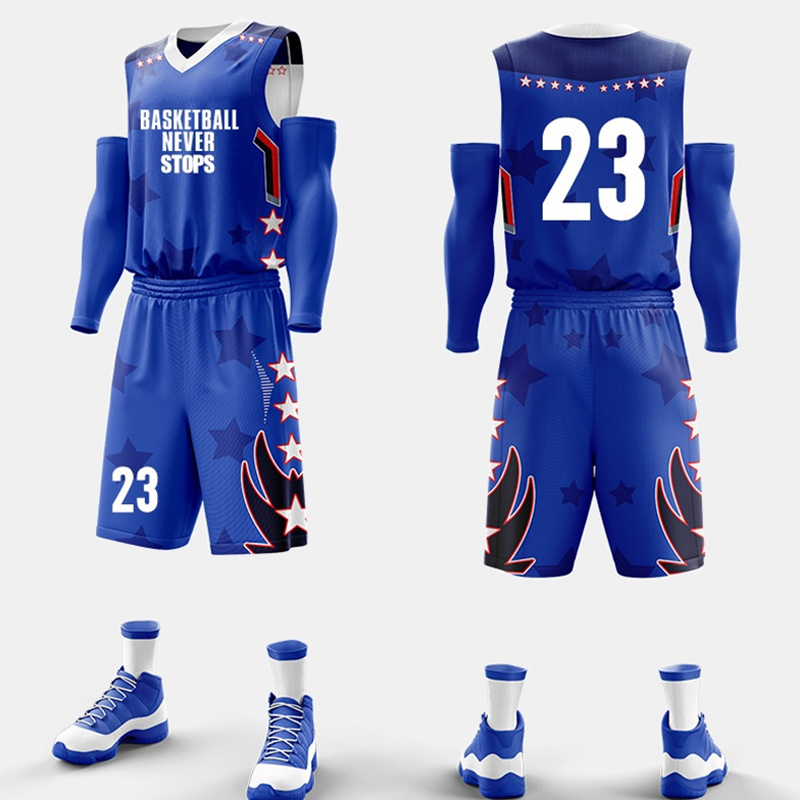
Where to Buy Authentic German Football Jerseys Online
Navigating the digital landscape, finding authentic German football jerseys online can be an exciting adventure. With a plethora of options available, it’s crucial to know where to look to ensure you’re getting the real deal. Here are some key destinations to consider for purchasing your favorite German football jerseys:
-
Official German Football Association (DFB) StoreThe DFB store is the ultimate source for official German national team merchandise. Not only do they offer a wide range of jerseys, including limited editions and retro designs, but you can also be confident that what you’re purchasing is authenticated. The website is user-friendly, with clear product descriptions and secure checkout options.
-
UEFA Official Online StoreFor those looking to score a jersey from a specific UEFA tournament or competition, the UEFA online store is a reliable choice. They often have a selection of German national team jerseys that are released for each major tournament. The store also provides detailed information about the jersey’s history and the player it represents.
-
Reputable Online Sports Merchandise RetailersRetailers like Nike, Adidas, and Puma have online stores that carry a vast array of football jerseys, including German national team apparel. These stores are known for their quality and authenticity, and they often have a variety of sizes and styles to choose from. Look for customer reviews and ratings to gauge the reliability of these sites.
-
eBay and AmazonBoth eBay and Amazon are vast marketplaces where you can find authentic German football jerseys from various sellers. While it’s important to be cautious, as there are counterfeit items out there, many reputable sellers offer genuine products. Always check the seller’s feedback score and read through their product listings carefully.
-
Fan Stores and Collectibles WebsitesFor a more personalized shopping experience, fan stores and websites dedicated to sports collectibles can be a treasure trove. These sites often have a unique selection of jerseys, including autographed items and limited edition releases. Be prepared to pay a premium, but the authenticity and exclusivity of these items can be well worth it.
-
Social Media and Online MarketplacesSocial media platforms like Instagram and Facebook have become popular for finding authentic football jerseys. Many collectors and resellers use these platforms to showcase their inventory. While this method requires a bit more due diligence, it can lead to discovering rare or vintage jerseys that aren’t widely available elsewhere.
-
Local Sports Shops and Specialty StoresIf you prefer a more personal shopping experience, don’t overlook local sports shops or specialty stores that carry football merchandise. These stores often have a knowledgeable staff and can help you find the right jersey. Plus, you can inspect the jersey in person before making a purchase.
-
International ShippingWhen purchasing from international retailers, be aware of shipping costs and potential customs duties. Some websites offer international shipping options, but it’s important to factor in these additional costs when making your decision. Always check the seller’s policy on shipping and returns.
-
Warranty and Return PolicyBefore making a purchase, ensure that the seller offers a warranty or a return policy. This is especially important if you’re buying from a less-known or new seller. A good return policy gives you peace of mind in case the jersey doesn’t meet your expectations or is not as described.
-
Keep an Eye Out for Sales and DiscountsMany online retailers offer sales and discounts, especially around holidays or after major football events. Sign up for newsletters or follow retailers on social media to stay informed about the latest promotions. Buying during these times can save you a significant amount of money.
Remember, when buying authentic German football jerseys online, it’s always best to err on the side of caution. Do your research, compare prices, and look for reputable sellers to ensure that you’re getting a quality product that you’ll be proud to wear.
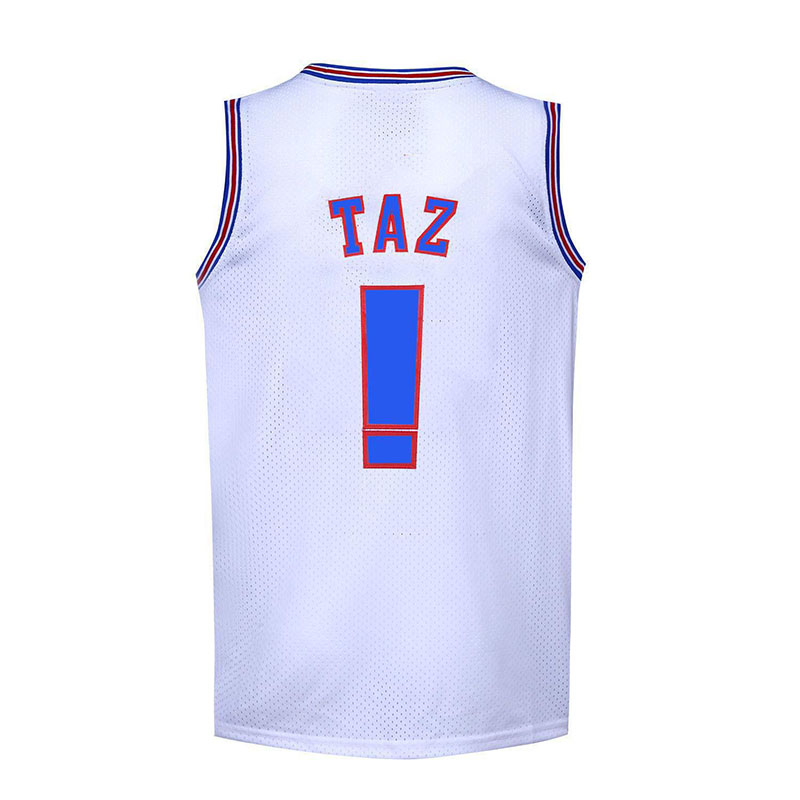
Conclusion: Embracing the Passion for German Football Fashion
In embracing the passion for German football fashion, one can’t help but feel a sense of pride and belonging. The vibrant colors, the intricate designs, and the rich history behind each jersey create a unique connection between fans and the sport. Here’s a look at how this passion has grown and what it means for those who wear these iconic garments.
The allure of German football jerseys lies in their ability to tell a story. Each kit tells a tale of triumphs and challenges, of legends and heroes. From the classic black and gold of the early years to the modern, sleek designs, these jerseys have evolved with the times, yet they remain a steadfast symbol of national pride and footballing excellence.
For many, the journey of the German football jersey is a personal one. It’s not just about wearing a piece of clothing; it’s about carrying a piece of history. The nostalgia associated with these jerseys is undeniable, as they evoke memories of legendary matches and iconic players who have graced the pitch in their colors.
The craftsmanship that goes into creating a German football jersey is another reason for their appeal. The meticulous attention to detail, from the stitching to the fabric choice, ensures that each jersey is not just a uniform but a work of art. The quality of these jerseys is unmatched, making them a cherished possession for collectors and fans alike.
For those who are new to the hobby, the sheer variety of German football jerseys can be overwhelming. From the Bundesliga’s top teams to the Germany national team, each jersey has its own unique style and appeal. Here are a few tips to help you navigate the world of German football fashion:
-
Start with the Basics: Begin by collecting jerseys from your favorite German club. This could be the team you grew up supporting or one that currently excels in the Bundesliga. Once you have a foundation, you can branch out to other teams and the national team.
-
Research the History: Understanding the history behind each jersey can enhance your appreciation for the item. Look into the year it was introduced, the players who wore it, and any significant matches it was part of.
-
Consider the Era: German football jerseys have gone through various eras, each with its own aesthetic. From the bold designs of the 1980s to the minimalist styles of the 2000s, there’s a jersey for every taste.
-
Look for Limited Editions: Limited edition jerseys often have a higher value and are highly sought after by collectors. These can include special anniversary editions or kits worn in important matches.
-
Quality Over Quantity: While it’s tempting to collect as many jerseys as possible, it’s important to focus on quality. A well-crafted jersey, even from a less popular team, can be more valuable and satisfying to own.
-
Join a Community: Engaging with other collectors can provide valuable insights and make the hobby more enjoyable. Online forums, social media groups, and local clubs can be great resources.
-
Store Properly: To maintain the condition of your jerseys, store them in a cool, dry place away from direct sunlight. Use acid-free boxes or folders to keep them flat and prevent creases.
-
Frame Your Treasures: For your most prized jerseys, consider framing them. This not only protects them but also allows you to display them proudly in your home or office.
The impact of German football jerseys on fan culture is profound. They serve as a badge of identity, a way for fans to show their support and loyalty. The jersey is more than just a piece of clothing; it’s a symbol of community and shared experiences. From cheering in the stands to watching matches at home, the jersey is a constant companion to fans.
In recent years, the global appeal of German football has grown, and so has the demand for authentic jerseys. This has led to a thriving online market where fans can find a wide range of options. Whether you’re looking for a classic Bundesliga team or the latest national team kit, here are some tips on where to buy authentic German football jerseys online:
-
Official Club Stores: The most reliable source for authentic jerseys is the official club stores. These stores offer guaranteed authenticity and often have exclusive designs and limited editions.
-
Reputable Online Retailers: Websites like Nike, Adidas, and Puma offer a wide selection of German football jerseys. Look for retailers with good customer reviews and a track record of selling authentic merchandise.
-
eBay and Amazon: These online marketplaces are great for finding a variety of jerseys at different price points. Be sure to check seller ratings and reviews to ensure authenticity.
-
Specialized Football Stores: There are many online stores dedicated to football merchandise. These stores often have a wide selection and can be a great place to find rare or vintage jerseys.
-
Social Media Marketplaces: Platforms like Instagram and Facebook have become popular for buying and selling football jerseys. While there’s a risk of encountering fake items, there are also many reputable sellers.
-
Local Sports Shops: In some areas, local sports shops may carry German football jerseys. This can be a great option if you prefer to see the jersey in person before purchasing.
-
Check for Authenticity Marks: Authentic jerseys will have specific marks or labels that indicate their legitimacy. Look for these before making a purchase.
-
Compare Prices: While authenticity is crucial, it’s also important to compare prices. Be wary of deals that seem too good to be true, as they often are.
In conclusion, the passion for German football fashion is a testament to the enduring appeal of the sport. Whether you’re a seasoned collector or a new fan, the journey of exploring German football jerseys is one filled with excitement and discovery. From the history and craftsmanship to the connection with fans and the community, these jerseys are more than just clothing—they are a piece of footballing history and culture.

